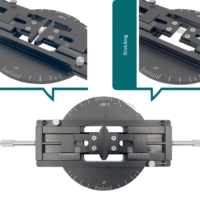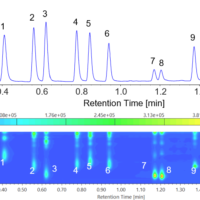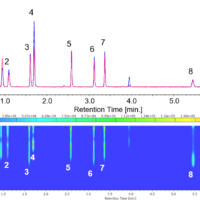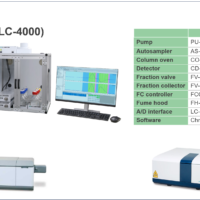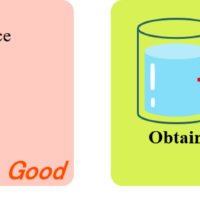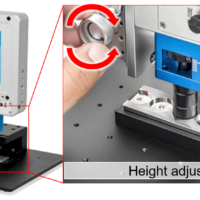Introduction
Polymers are currently used as thermoplastic resins (general-purpose resins, engineering plastics, and super engineering plastics) and thermosetting resins for livingware, food containers, industrial products, and medical supplies. These are synthesized as a resin having properties and performance according to the purpose of use, and various additives contained in the resin are also crucial for improving the performance and adding new properties. Many of the additives are used for the purpose of antioxidants, ultraviolet absorbers, light stabilizers, thermal-degradation inhibitors, plasticizers, and so on. Several types of additives are often used in a product, and it is necessary to analyze the effect of amount and combination of additives, and figure out the time-dependent change, decomposition, and mechanism of action in polymers.
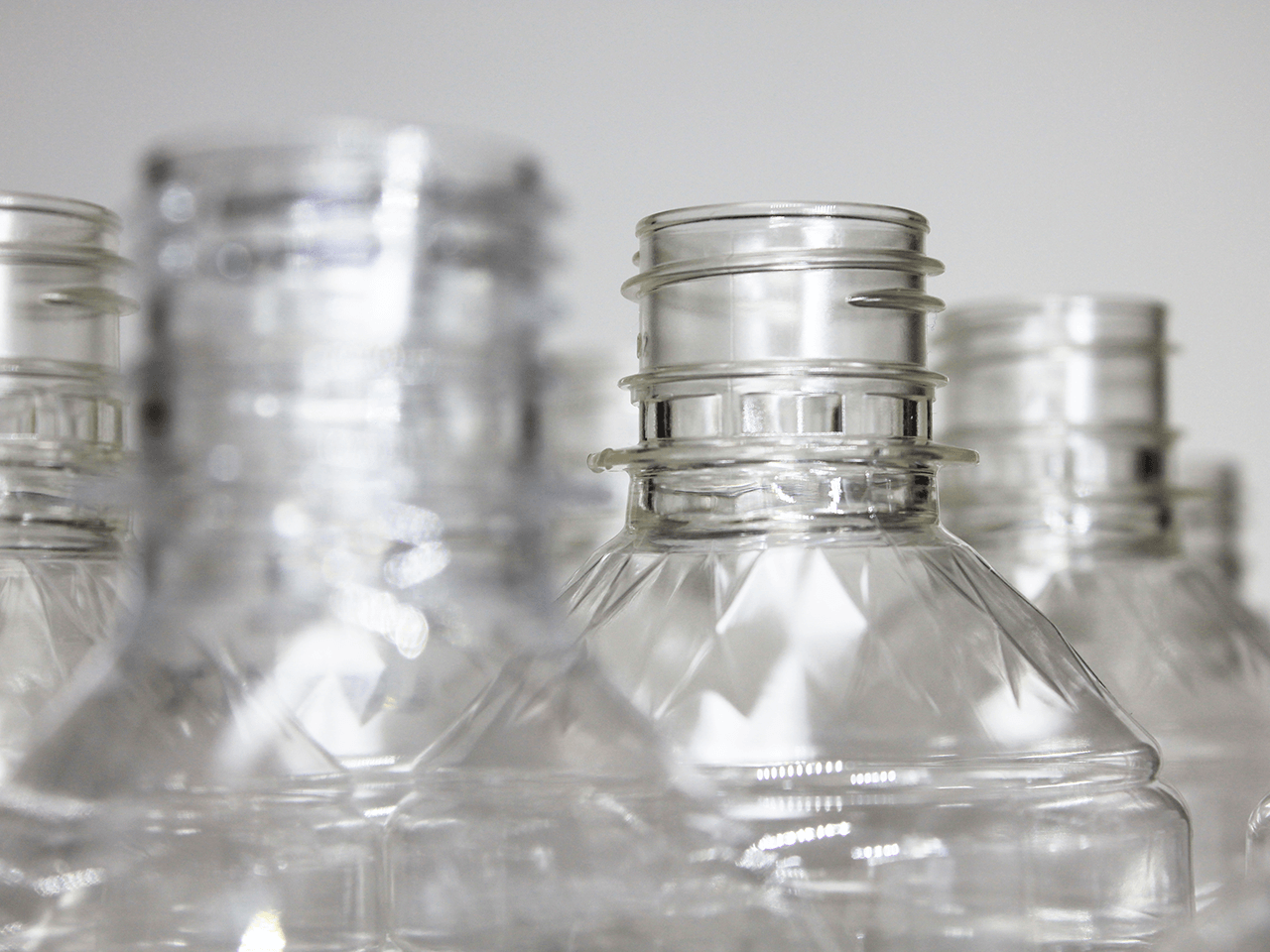
In order to figure out them, plenty of time, effort, and ingenuity are required over the sample pretreatment, separation analysis, and molecular structural analysis by spectroscopy. The measurement method that connects pretreatment and separation analysis online can be expected to improve the efficiency and precision of analysis including sample pretreatment.
We have developed online extraction-chromatography system (EX-Chromato System) which can be combined SFE or solvent extraction (under controlled pressure and temperature) with SFC or HPLC in one system and reported applications about the measurements of ingredients in natural and medical products using this system1, 2). In this presentation, we applied the EX-Chromato System to analysis of several additives in polymer samples and investigated the online measurement method combining sample pretreatment by SFE with HPLC analysis.
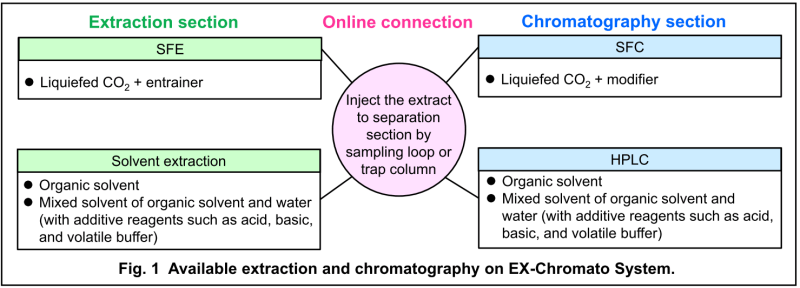
Experimental
Apparatus
The EX-Chromato System was configured using JASCO LC-4000 series. Figure 2 shows the appearance of EX-Chromato System.
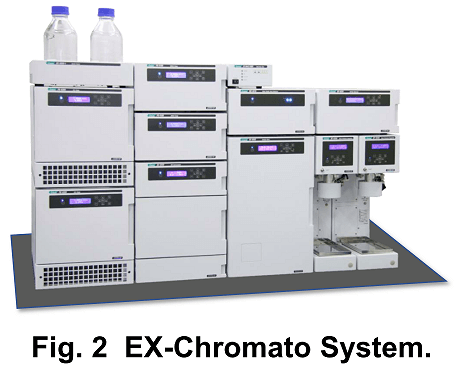
Figure 3 shows schematic diagram of the system.
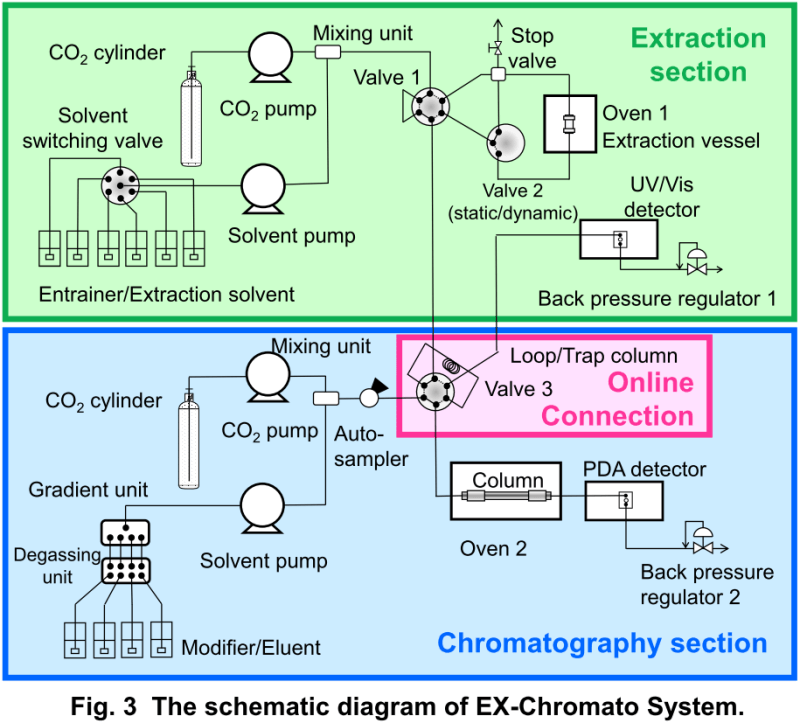
Sample
Seven additives shown in Fig. 4 were used as standard samples. We used a weather-resistant gardening sheet and plastic shopping bag made of polyethylene as polymer samples (Fig. 5). Quantification was performed using Irganox 1330 as an internal standard (IS), since it was confirmed that Irganox 1010 and Irgafos 168 were contained in these polymer samples.
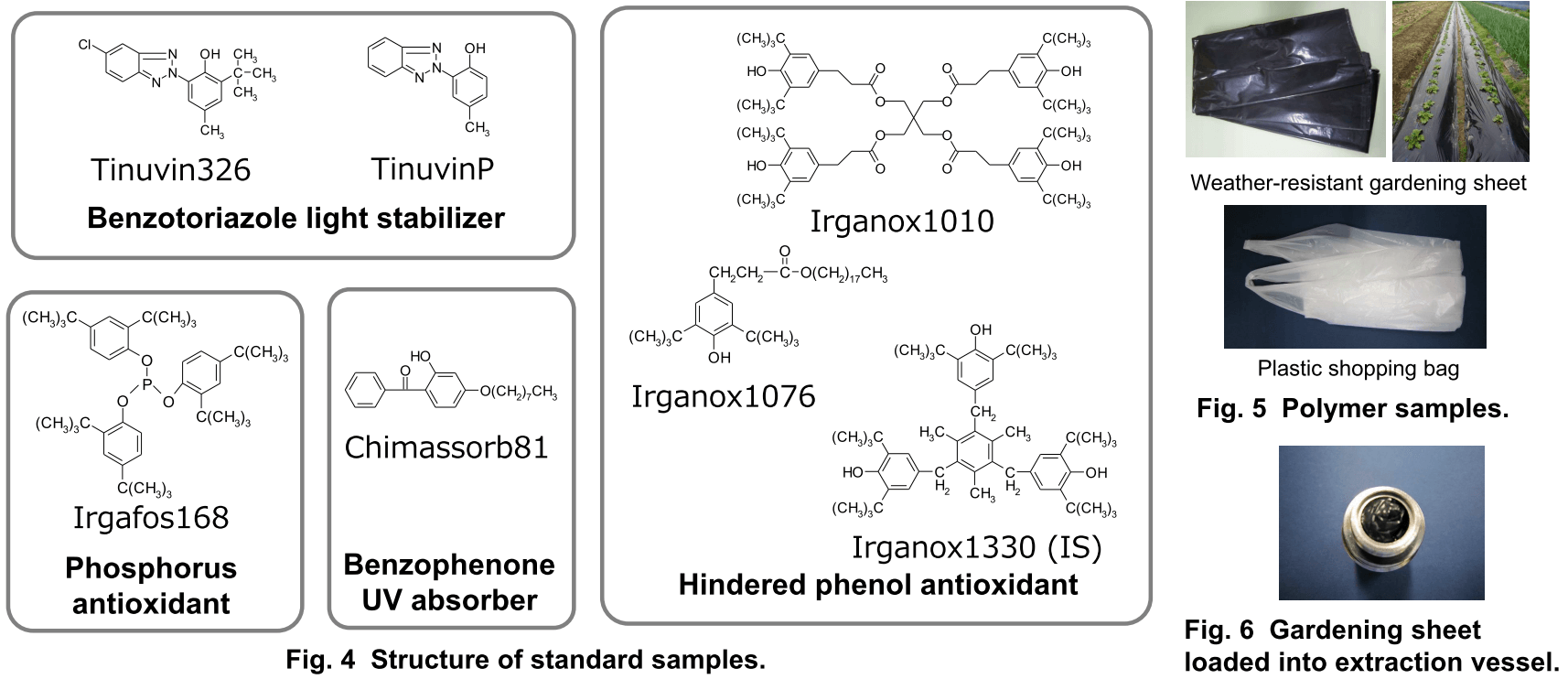
Sample Pretreatment
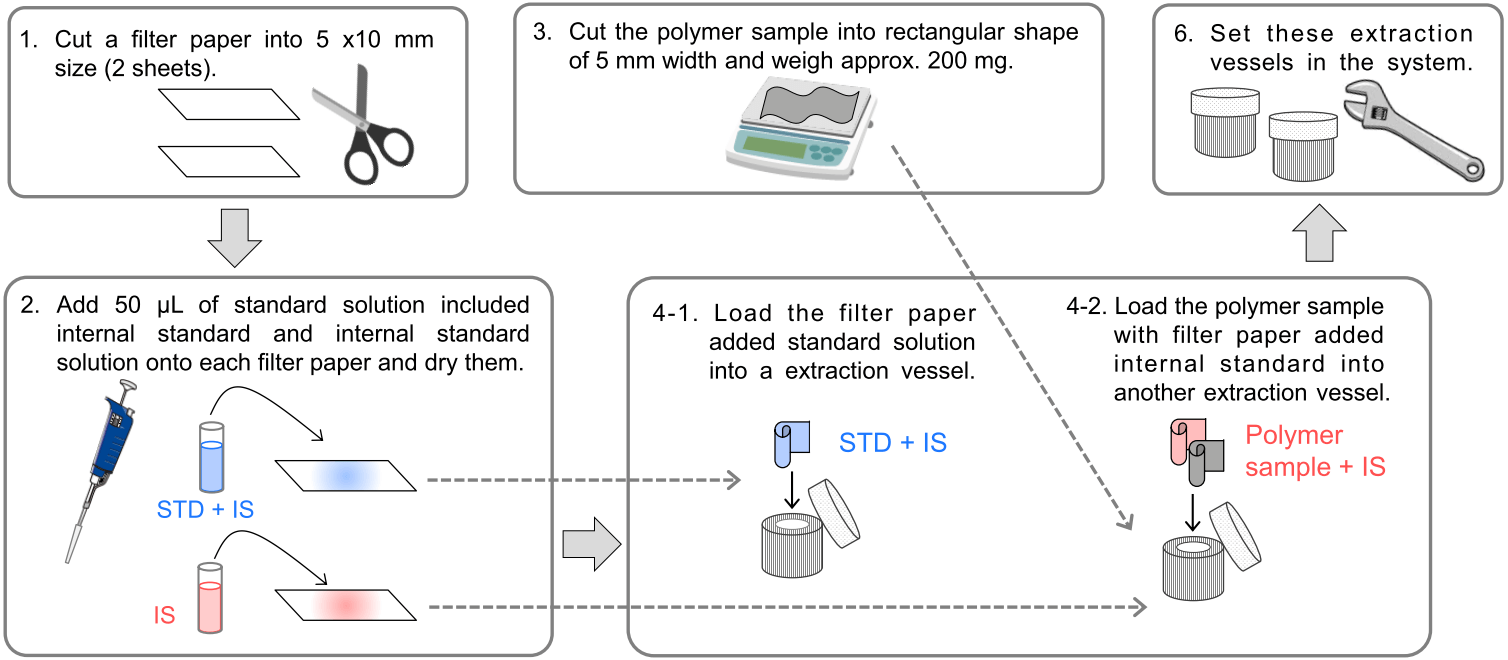
Results and Discussion
Influence of Injection Volume on HPLC after SFE
Figure 7 shows the chromatogram of standard sample measured by online SFE-HPLC. Figure 8 shows the influence of injection volume on peak shape.

Table 1 shows the change of theoretical plate number and symmetry factor by injection volume.
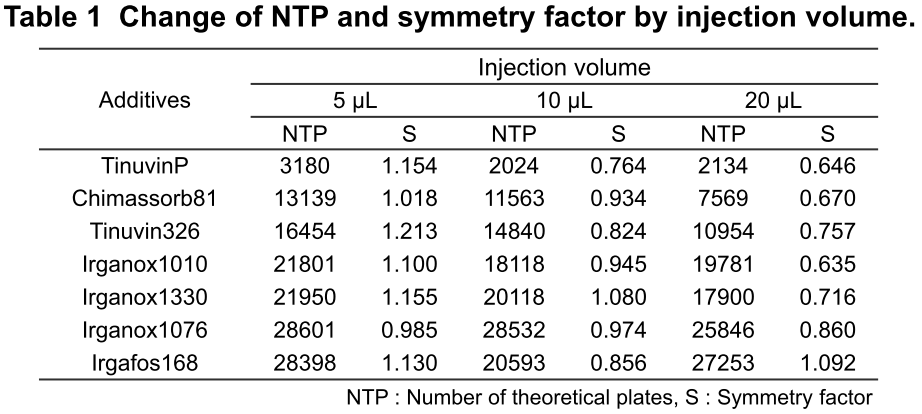
As shown in the figure and table, peak shape and peak parameters were deteriorated by increase in injection volume. Therefore, we selected 5 µL as an injection volume.
Determination of additives in polymers by online SFE-HPLC
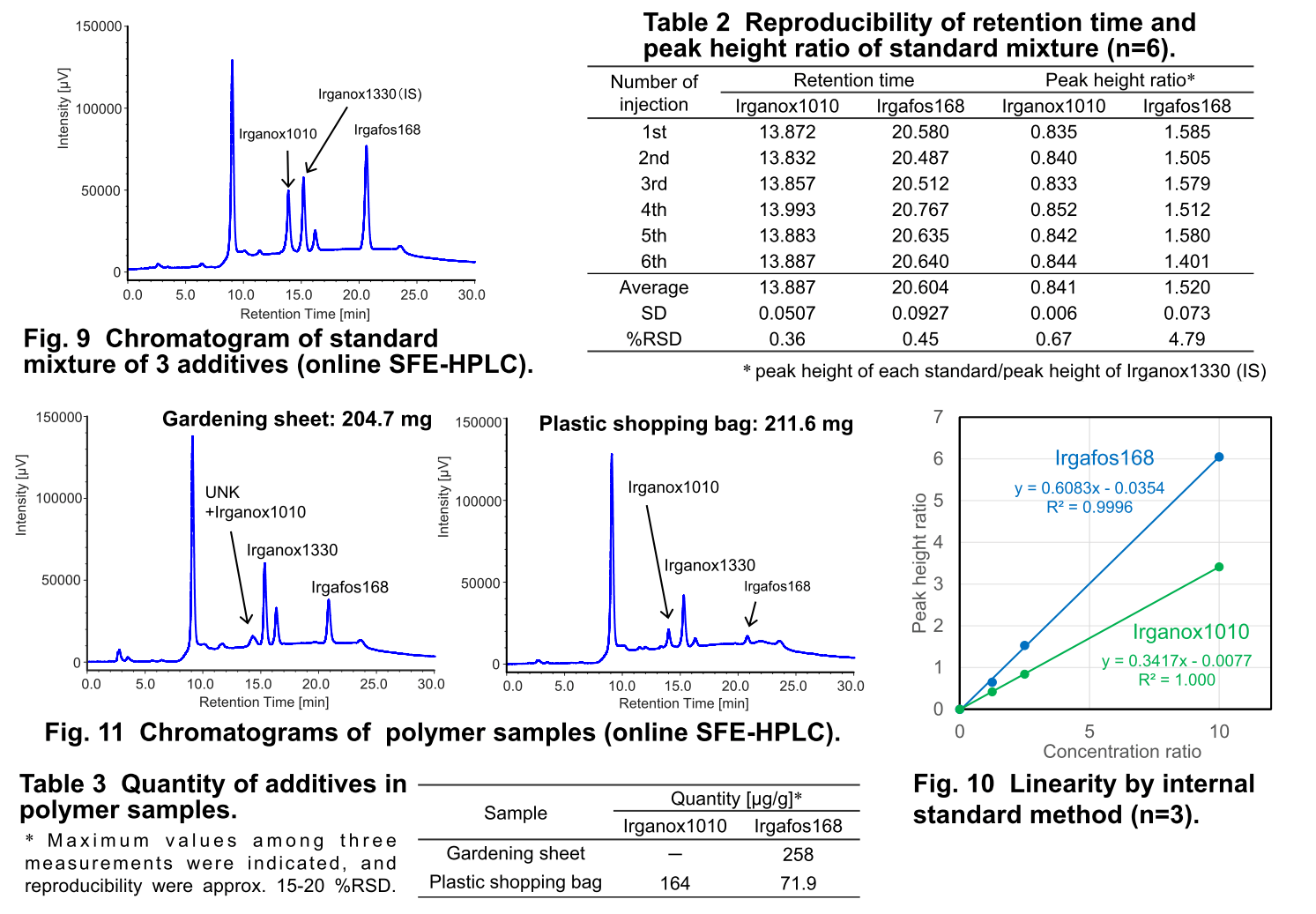
UV spectra of co-eluting peak with Irganox1010
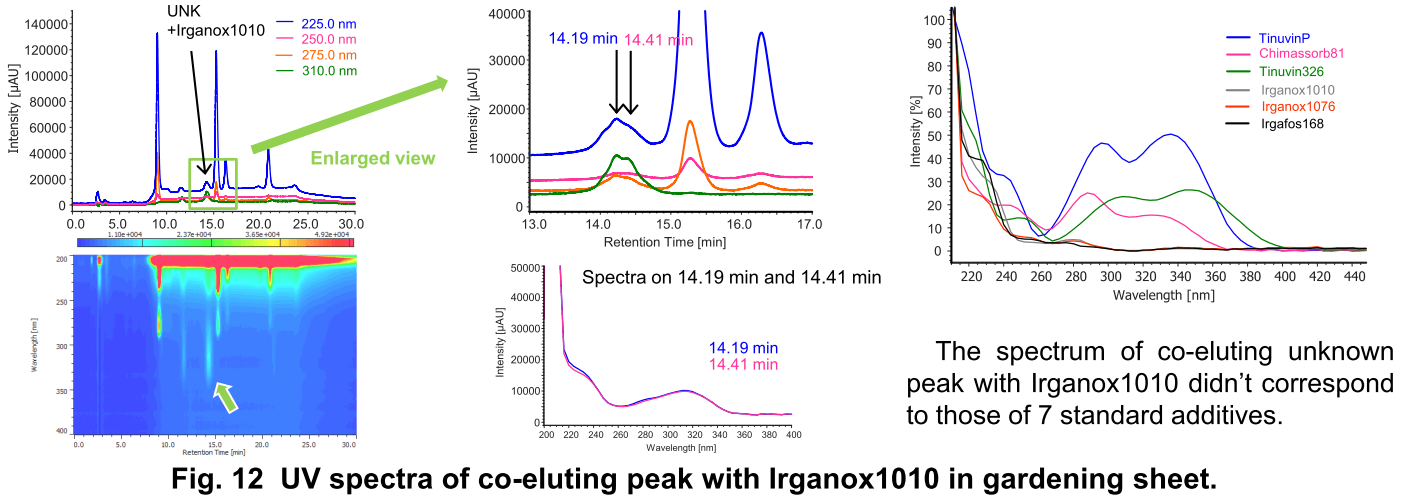
Conclusion
- Seven types of additives were extracted and separated in a short time by online SFE-HPLC.
- Injection volume of extracts to HPLC after online SFE influenced peak shape in this measurement.
- A lot of unknown peaks were eluted, and identification by UV spectra was insufficient.
Future Tasks
- Identification of unknown peaks by simultaneous measurement using MS and IR spectra
- Examination of recovery rate and improvement on sample shape and loading method into vessels at extraction Investigation of extraction conditions and reduction of influence on peak shape in chromatography
- Condensation by a trap column for high sensitive measurement

